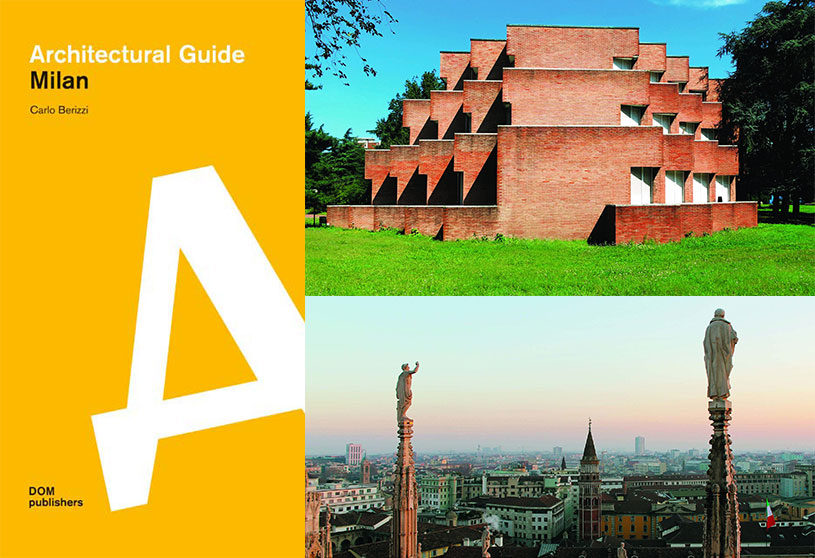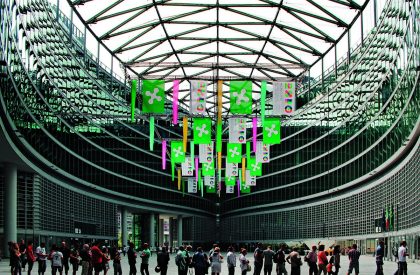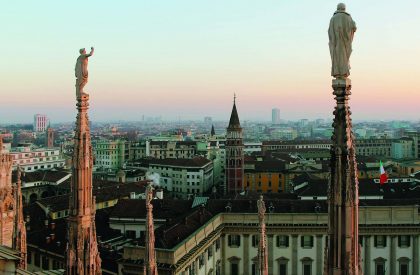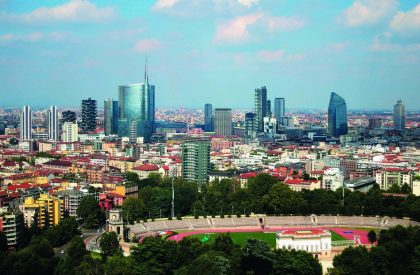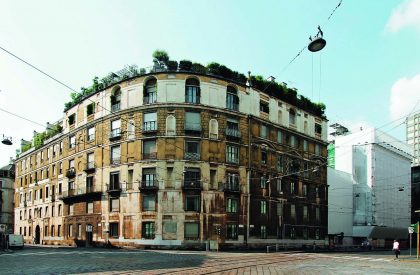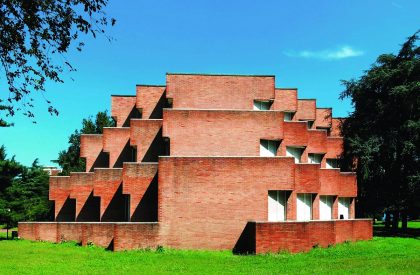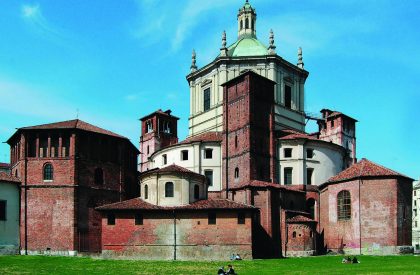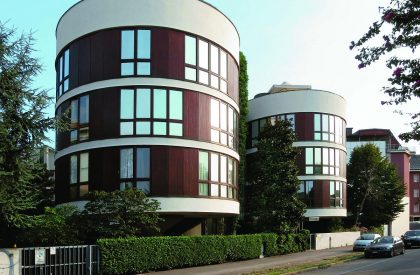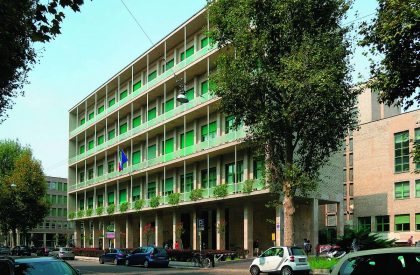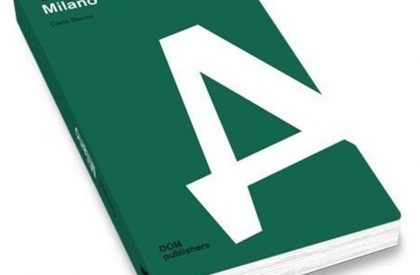About the Book
From the 1920s onwards, Milan has become a laboratory of architecture due to architects such as Giuseppe Terragni, Gio Ponti and Giuseppe Pagano. Magazines such as Domus and Casabella were founded in the 1920s which influenced international debate throughout the 20th century. A new trend arose following the reconstruction of the city due to damages incurred during World War II: the city is now able to combine modernity with its existing context through the works of BBPR, Luigi Caccia Dominioni, Ignazio Gardella and Franco Albini. These architects introduced the renowned design which is nowadays identified with Milan.
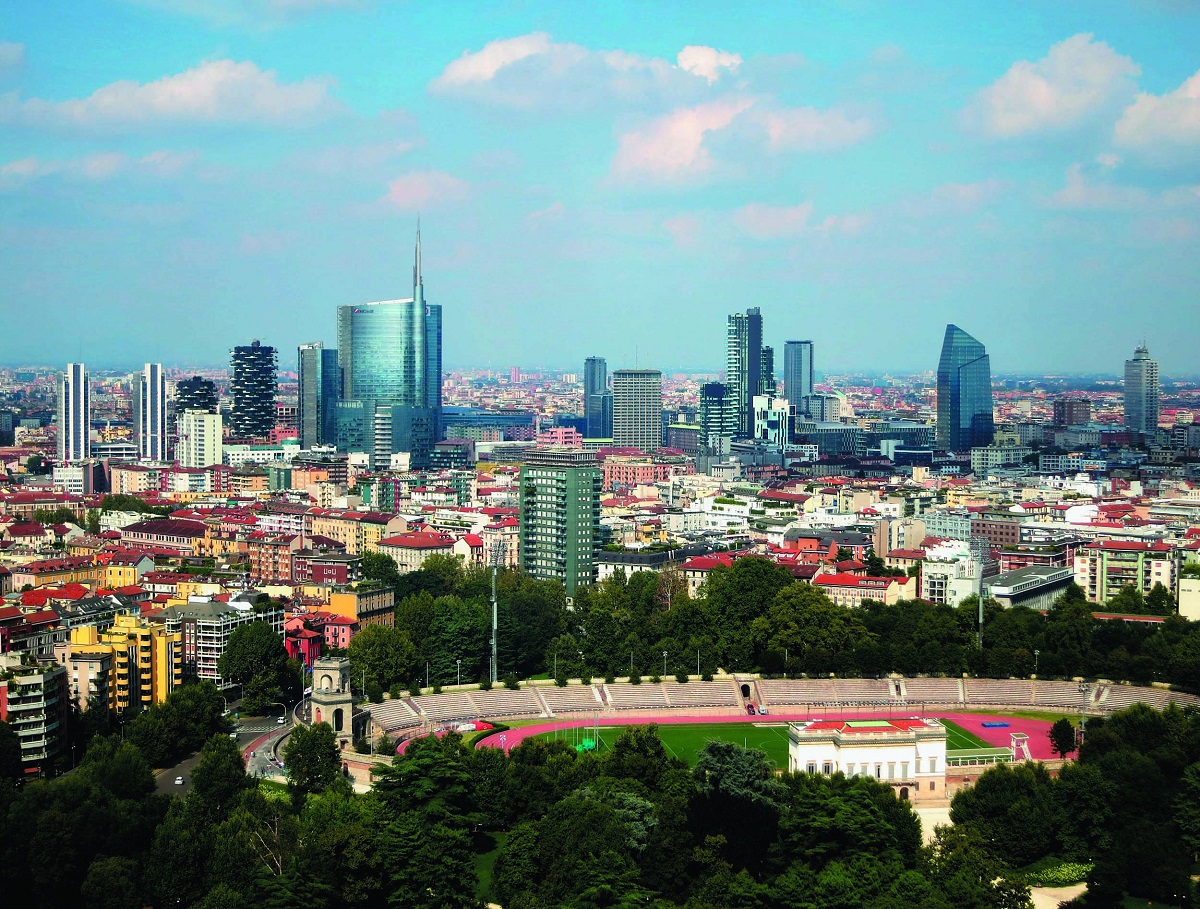
In the last decade, an outstanding urban development took place owing to areas which feature the work of internationally renowned architects, including David Chipperfield, Zaha Hadid and Daniel Libeskind, as well as Italian architects such as Cino Zucchi and Stefano Boeri. Owing to its ambitious projects, Milan has transformed from an industrial city to a global capital of culture, fashion and leisure. This guide proposes thematic itineraries for discovering one of the most architecturally exciting European cities.

Milan is a city in a constant state of renewal which has always been guided by future-oriented themes. In the Architectural Guide Milan Berizzi goes through the architectural stages for a total of 160 buildings which transformed the industrial city of the nineteenth century into the capital of modern Italy. Milan’s path into the modern age began with the Ca’ Brutta, the “Ugly House” (1919-1923). From then on the city became an experimental field for architects such as Giuseppe Terragni, Gio Ponti or Giuseppe Pagano.
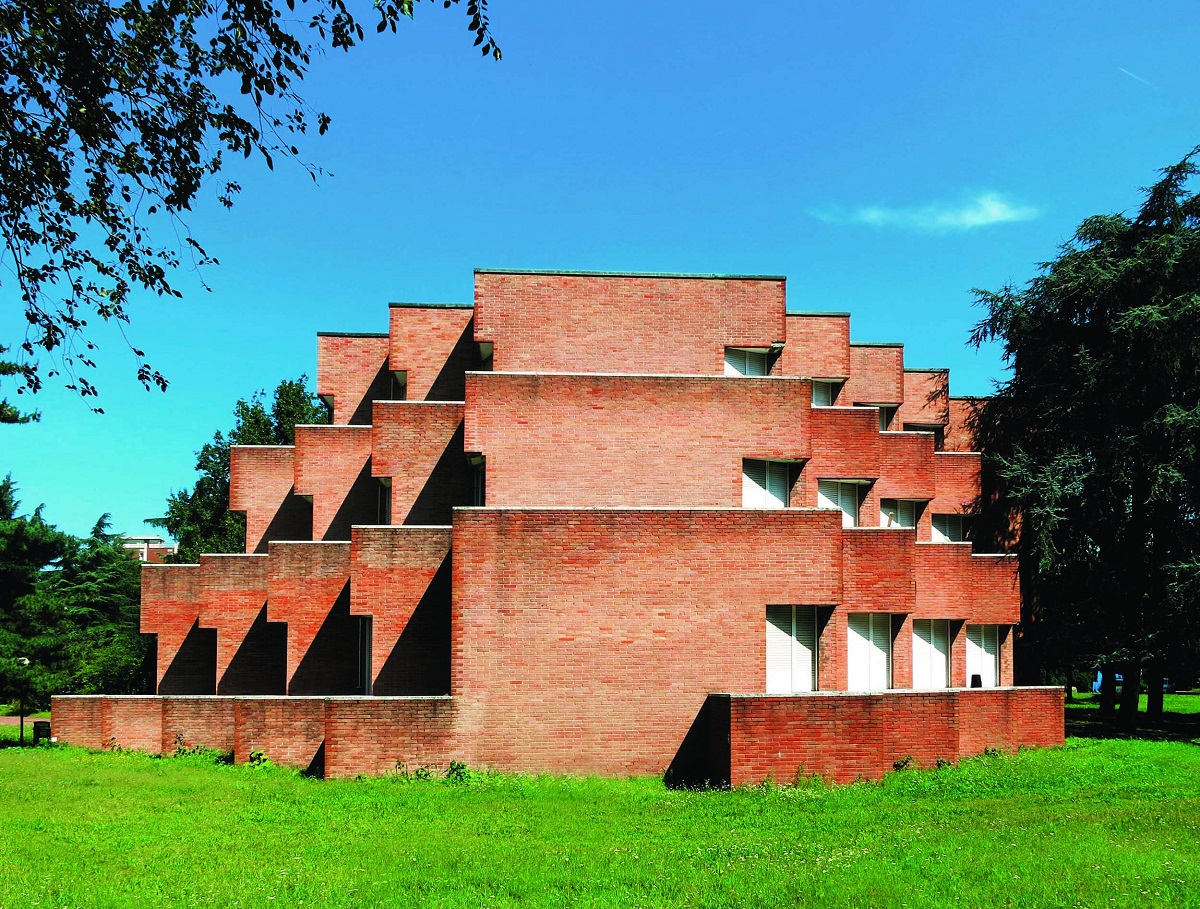
In six thematic itineraries, Berizzi presents the most significant buildings and classifies these in the historical and urban context accordingly. The proposed routes follow the development of the city before and after the Second World War on the foundations of the Roman city around the Cathedral, or lead through the “Quadrilatero della Moda”, where in addition to shops and showrooms many milestones of modernity can be found.
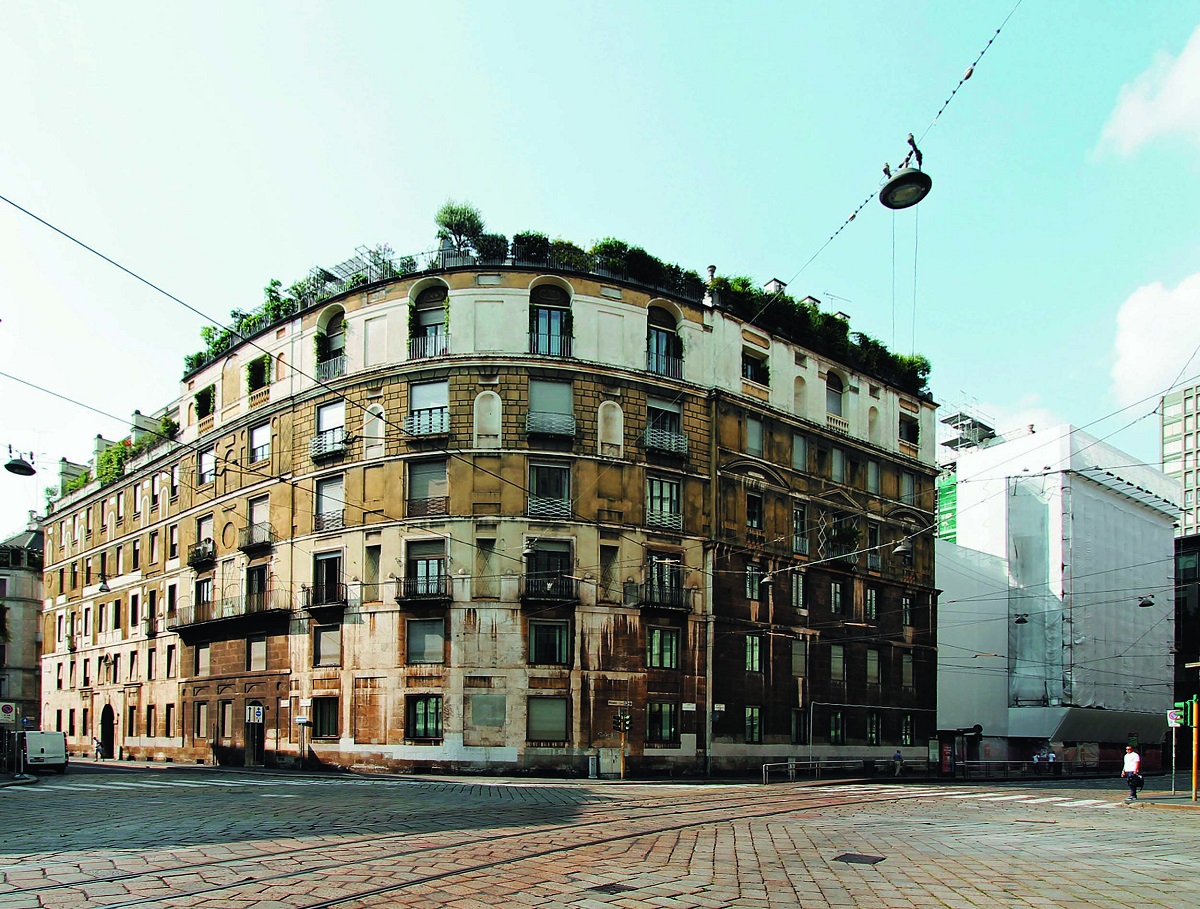
The itineraries lead the visitors to the district of Brera, the renowned centre of art and culture, or to Porta Nuova, where many striking buildings from the twenty-first century are situated. Or they guide them to the Via Tortona and Via Savona which every year in spring become the thriving centre of Salone del Mobile – one of the largest international furniture fairs. Here, architects such as Tadao Ando, David Chipperfield and Antonio Citterio have converted old industrial buildings.

A further four chapters present individual projects. Contributions from both the Milanese architect Cino Zucchi, who curated the Italian pavilion at the Biennale di Venezia 2014, and the landscape architect Andreas Kipar complement the publication with cultural-historical, urbanistic and environmental aspects of Milanese architecture.
Your can Purchase the book here.
